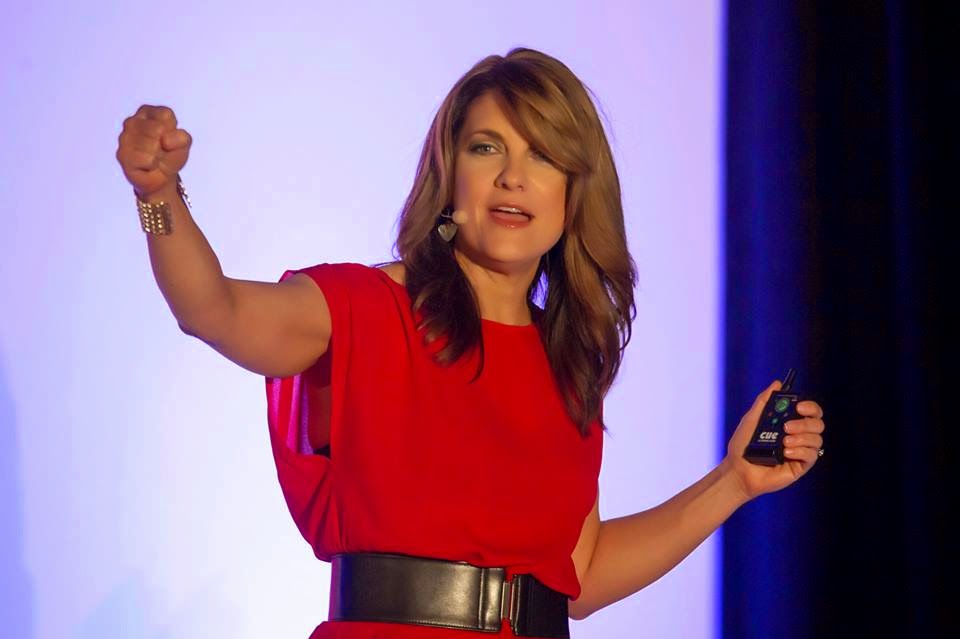The UpLevel Vortex: My Ideal Client

Identifying and Successfully Communicating with Your ideal Client A lot of ink has been used to print books helping business owners identify, communicate with, and successfully serve their ideal clients. In a post some time ago, I discussed the “long tail” even entrepreneurs can identify and serve. The U.S. is no longer one big market. It’s a multitude of micro-markets finding support, service, and products through the web. If you deeply understand the micro-market you want to serve, you can then have a conversation with those ideal clients in a way that attracts them to your services and products. Christine Kane , my business coach, suggests our ideal clients are looking to resolve or avoid these frequent sources of pain: Lack of harmony. Stress on relationships. Damaged relationships. Stressed communities. As a conflict resolution professional, I find this list compelling. As human beings we yearn for co...









.jpg)



